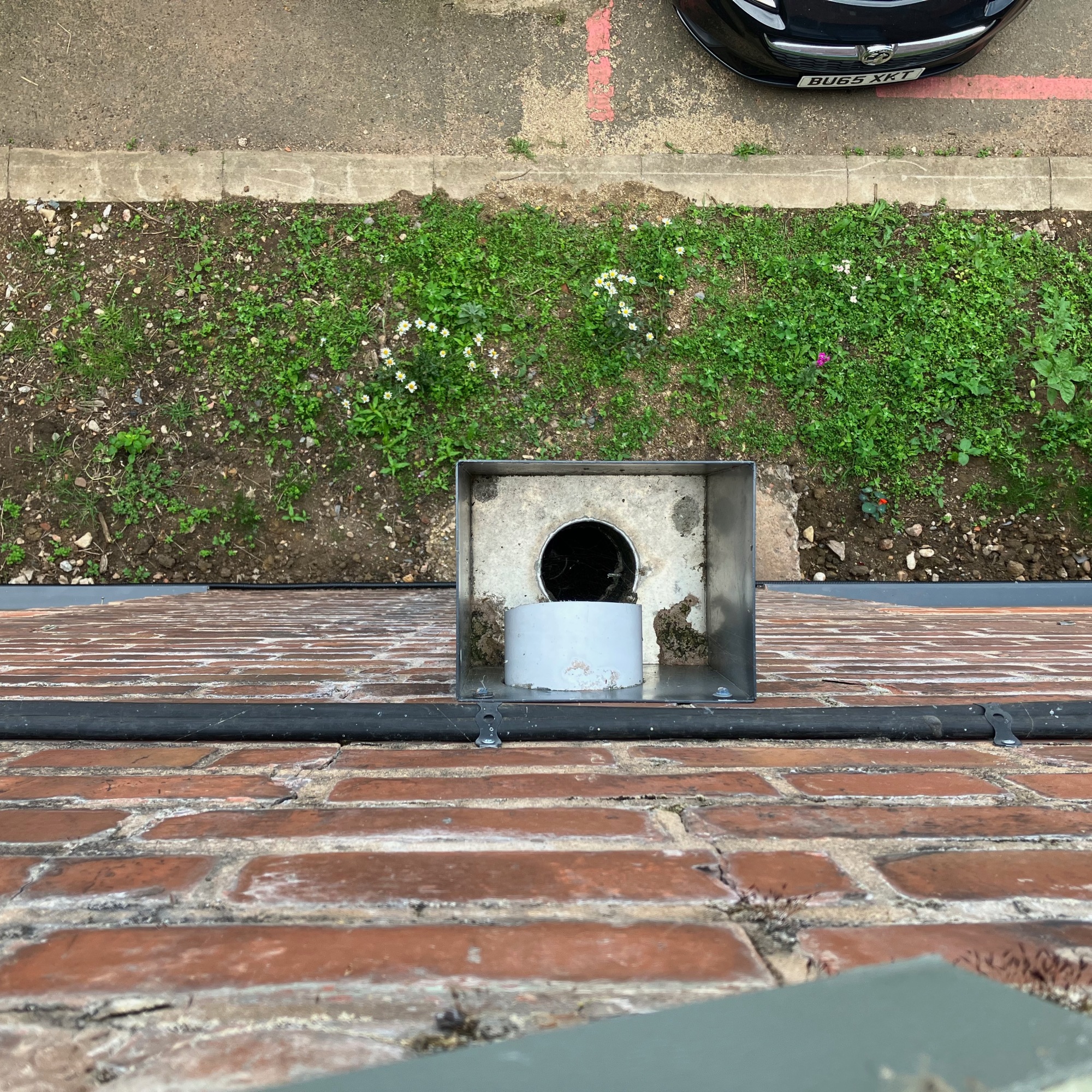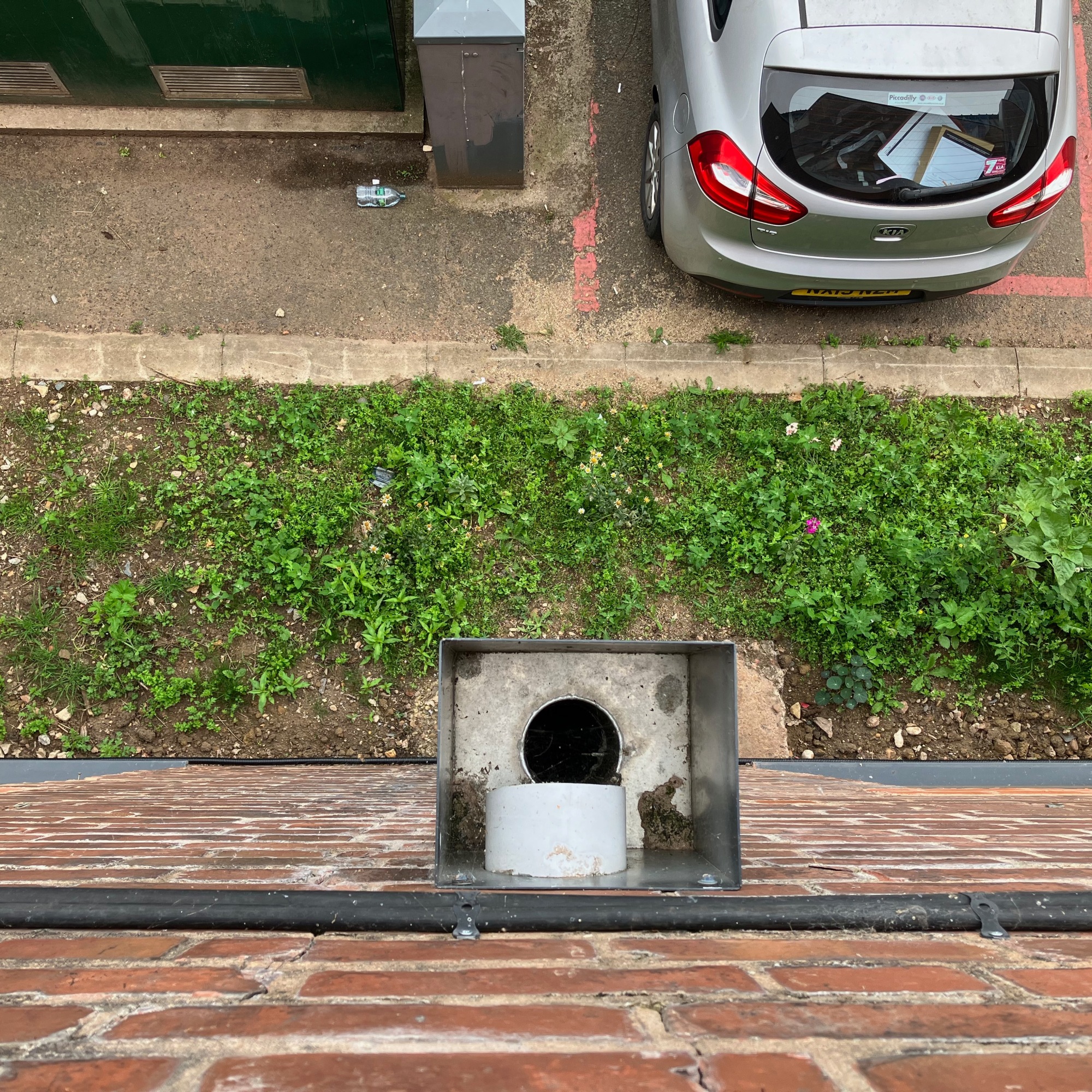gardening for biodiversity on scraps of urban land
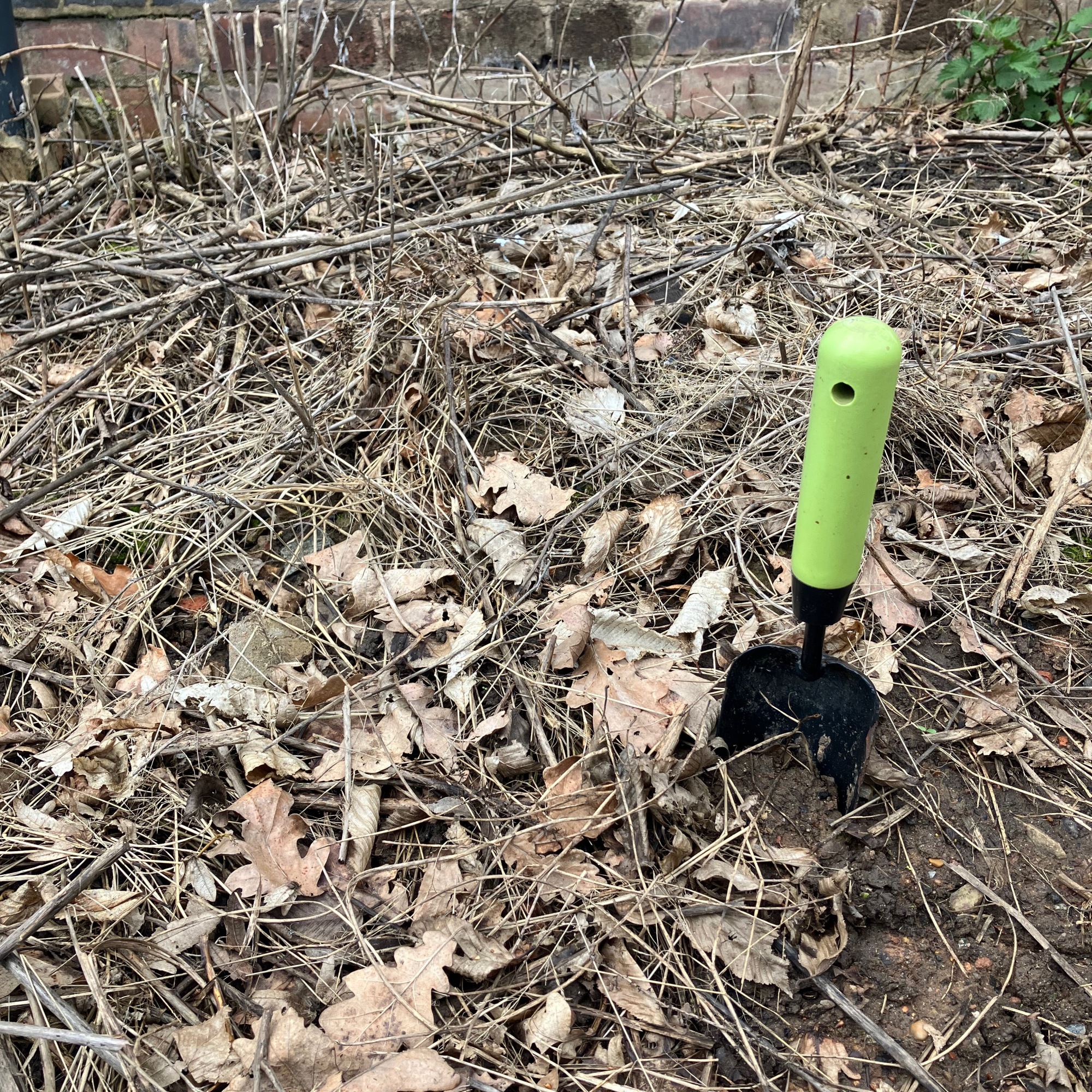
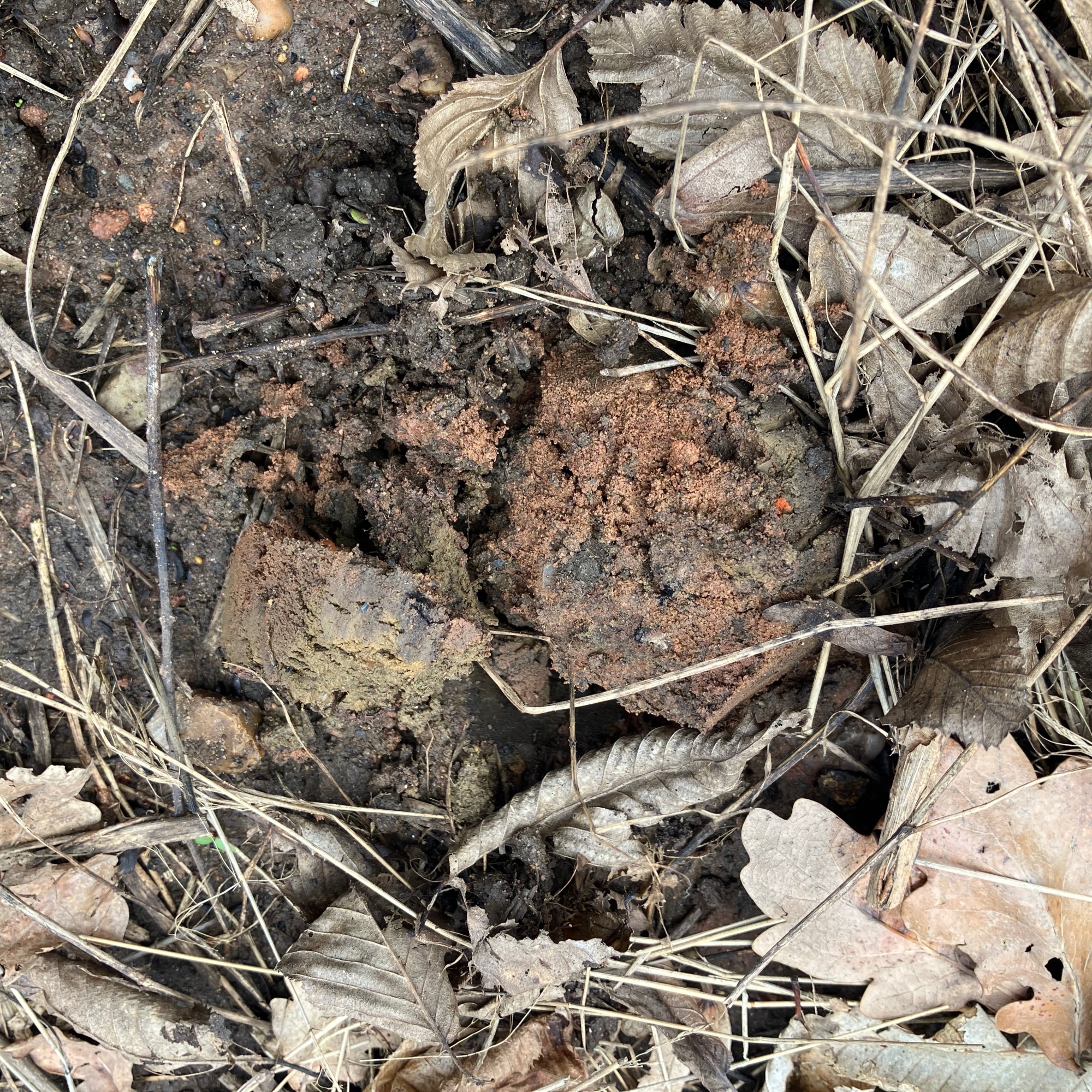

Back in April, a small group of volunteer friends of The Nest cleared the rubble-strewn, weedy strip of land at the back of The Nest – where it meets the Electric Wharf visitor car park – and sowed a wildflower meadow mix of seeds. This mix of grasses and wildflowers will hopefully give pollinating insects such as wild bees, butterflies and hoverflies somewhere to stock up, as well as making the view for residents of both The Nest and Electric Wharf a bit prettier.
As all the volunteers were also keen gardeners, everyone had lots of seedlings going begging and so, before it even had a chance to get going, the wildflower meadow was augmented with various random flower seedling donations. It’s been brilliant to see what’s coming up, what’s done well already, how it’s changed throughout the year – and to see all kinds of insects already enjoying themselves. We’ve been keeping an eye on it, picking up litter, pulling out the odd over-dominant plant – and chatting to people walking past from the towpath who’ve appreciated the change.

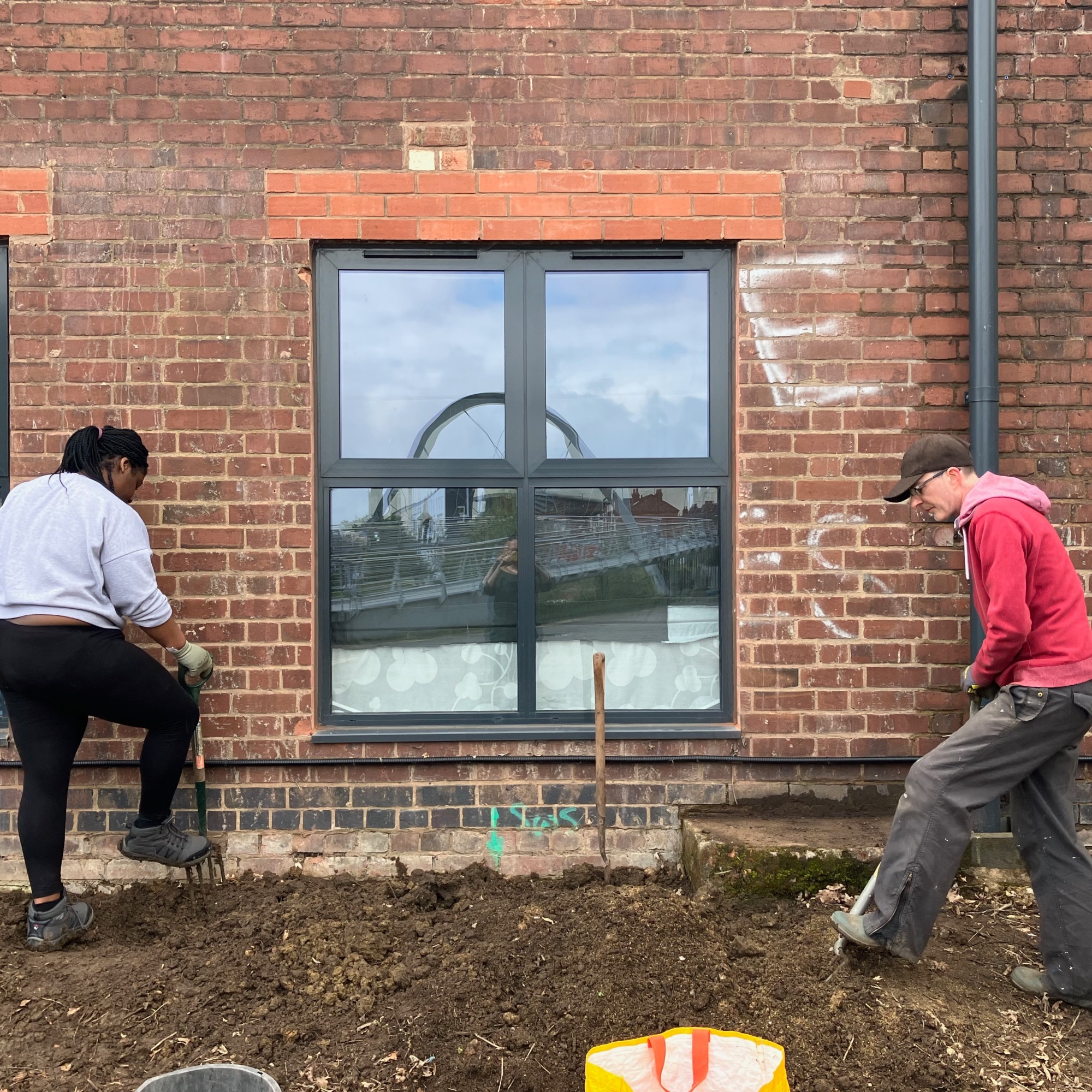
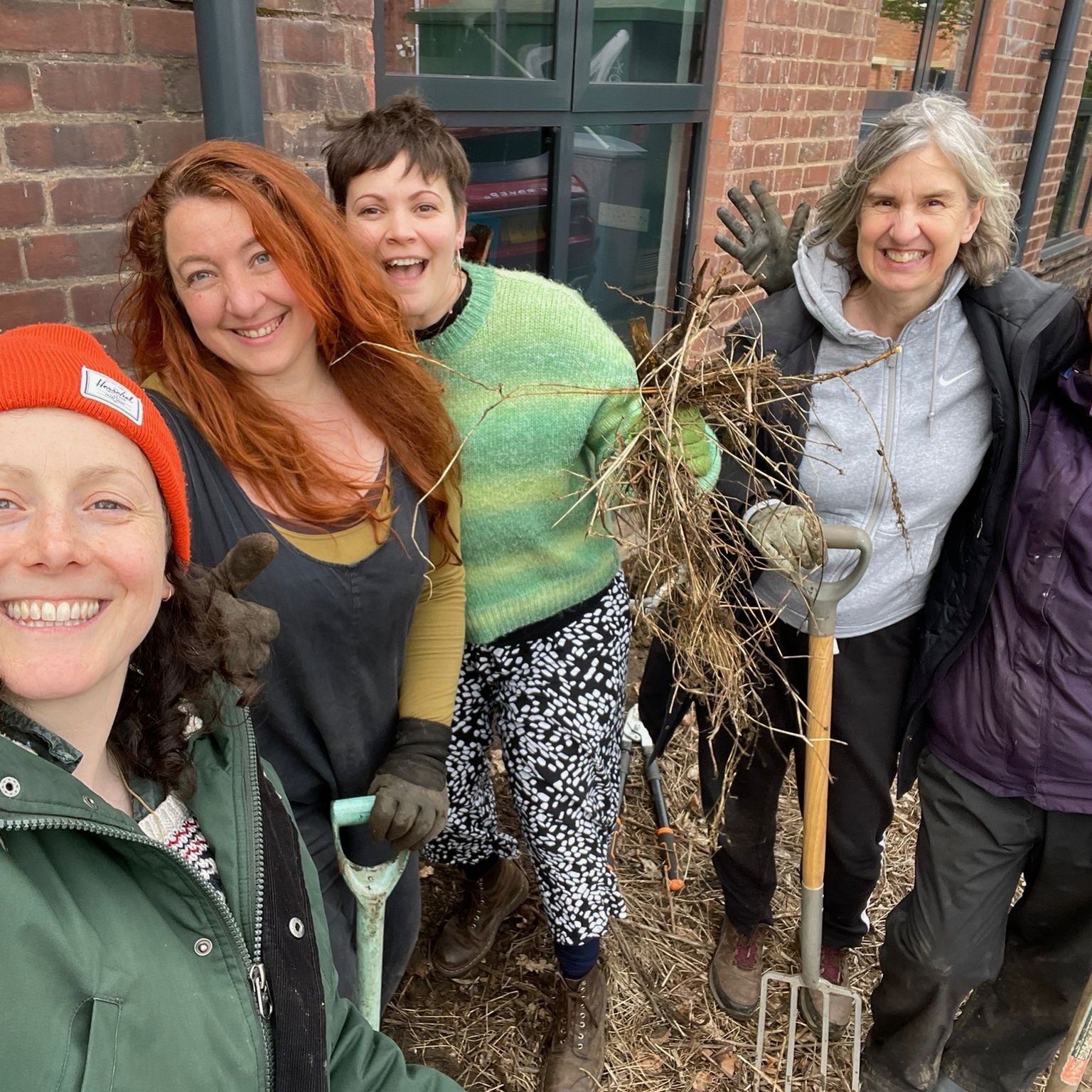


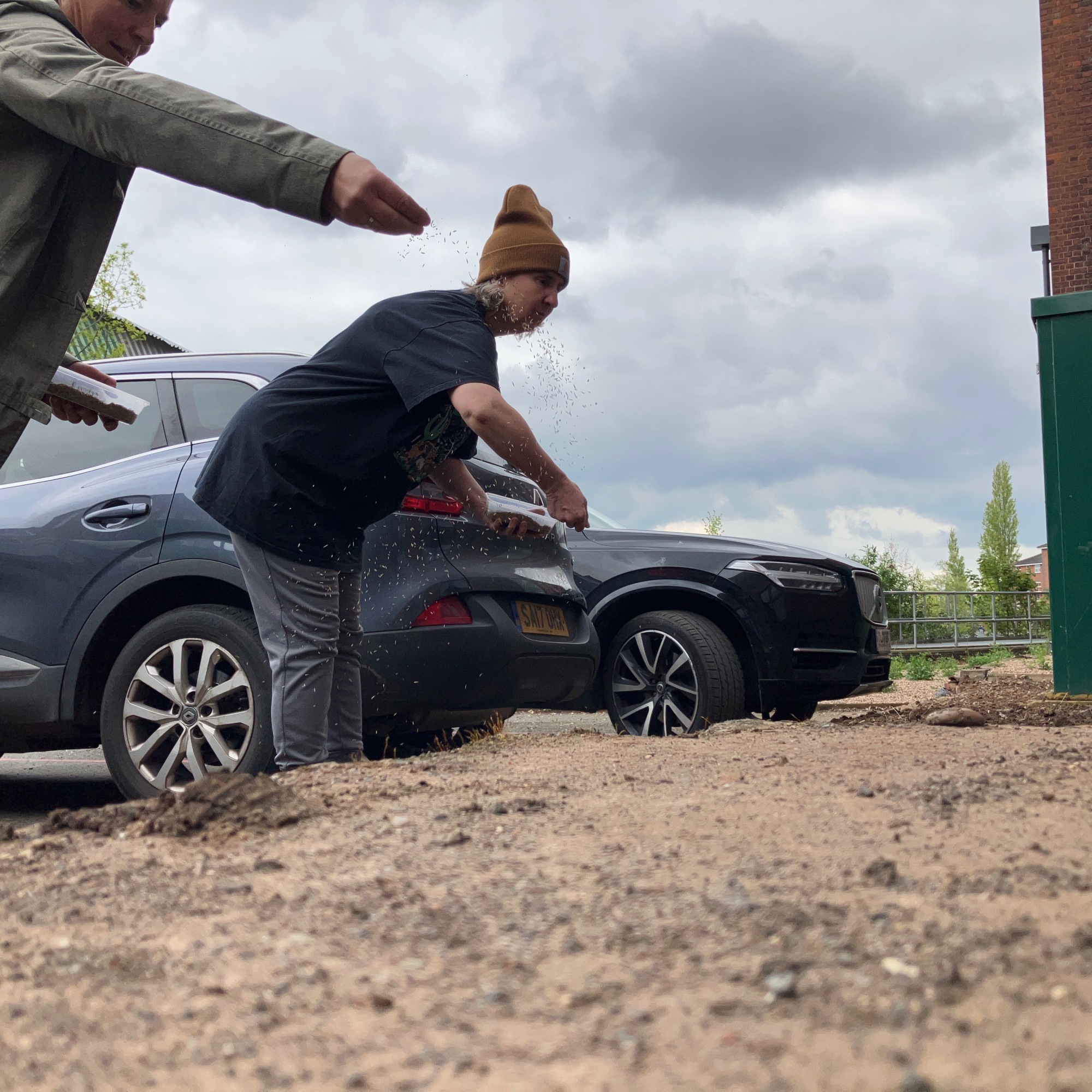
It’s always truly amazing and heartening just how quickly seeds turn into plants, and how fast insects find new plants – to be honest, we got a bit over-excited about how quickly insects found the planter benches at the front of The Nest! These were attracting bees, butterflies and grasshoppers onto what is essentially just a box full of plants in the middle of a tarmac desert in their first season.
In our mission to spread green, we’re also hoping to be able to install an area of green roof on The Nest before too long – at the moment we have small window boxes and, astoundingly, even those manage to attract and sustain pollinators – but a proper green roof, in conjunction with the strip of land at the back and the planters at the front, will be able to offer so much more to insects and birds, and will be a lot less liable to dry out. Being only a short hop from the canal helps too, as the canal acts as both a blue and green corridor allowing wildlife (and people) to move through the city.
We know that all these tiny patches of planting make a difference, adding habitats and food for insects which are vital for pollinating food crops, as well as feeding birds and other creatures. We know that joining up green space is important, and we regard the caretaking of this strip of ground as one aspect of our regenerative practice. We hope that, in addition to the pollinator provision of these ‘stepping stone’ greenspaces, this will also inspire others – perhaps you? – to do something similar. If these stepping stones join together to form corridors, and these corridors can grow to become boulevards, and these join to form nature-filled cities – it could make all the difference in preventing catastrophic biodiversity loss as well as improving the environment for every one of us too.
The strip at the back of The Nest is species-rich already. Without properly looking all of these up to check accuracy, we’ve spotted marsh thistle, scarlet pimpernel, salad burnet, red campion, white campion, common mallow, yellow trefoil, yarrow, plantain, feverfew, hawkbit, wild carrot, sow thistle, fleabane, bristly oxtongue, bur marigold, purple toadflax, willowherb and field poppy. The bees and hoverflies are easy enough to spot, but there will also be all kinds of other small creatures who benefit from the habitat, but are less easy to see.
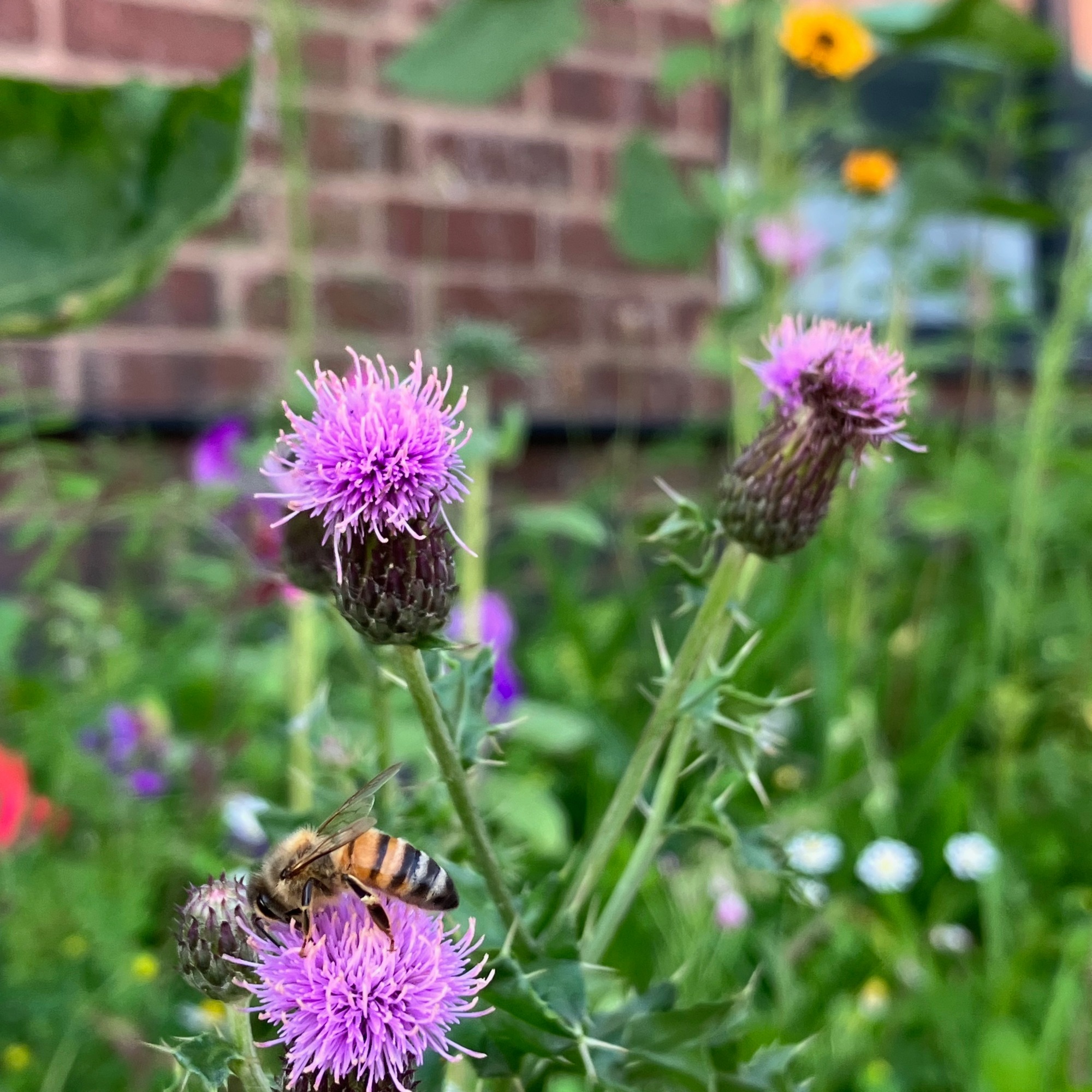

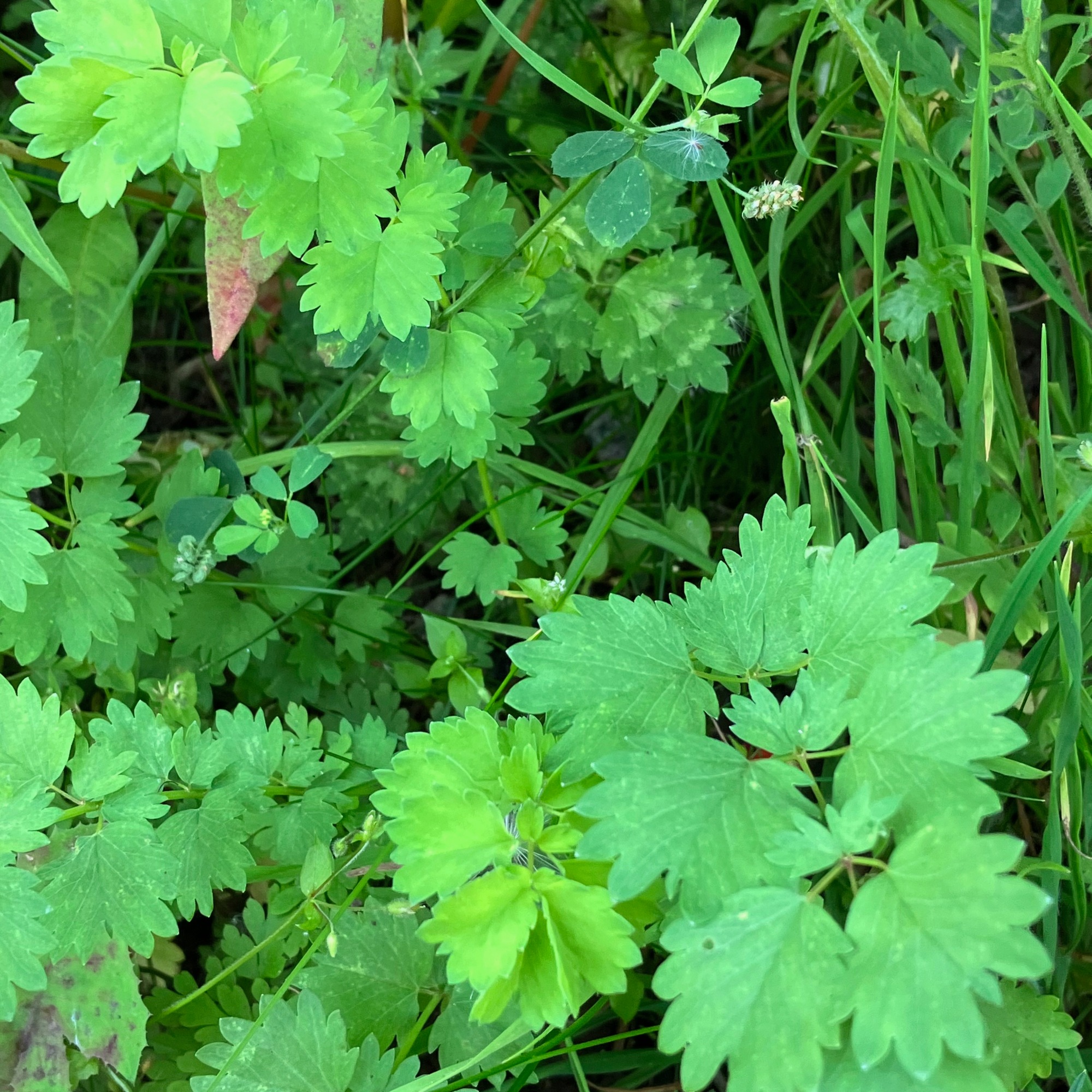


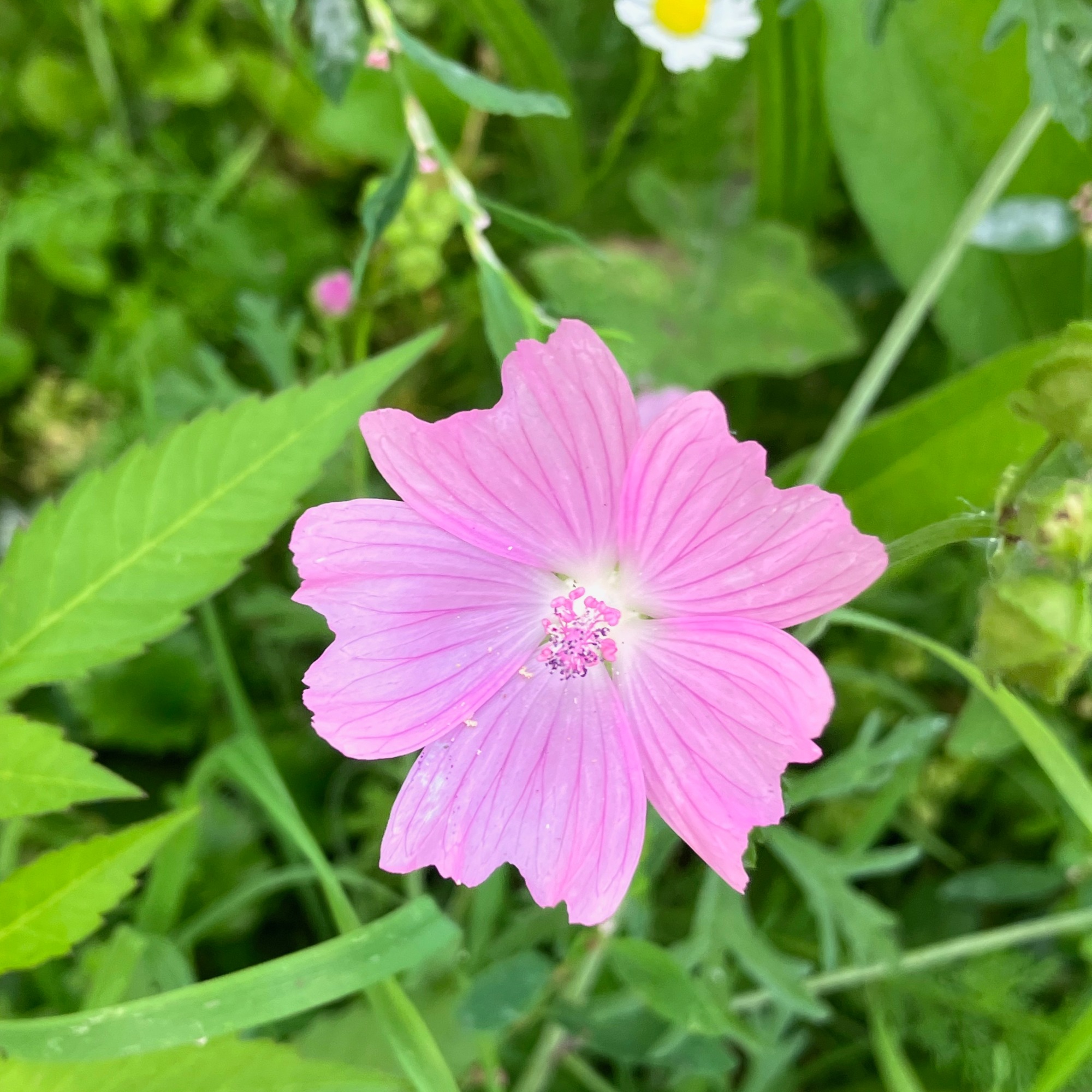






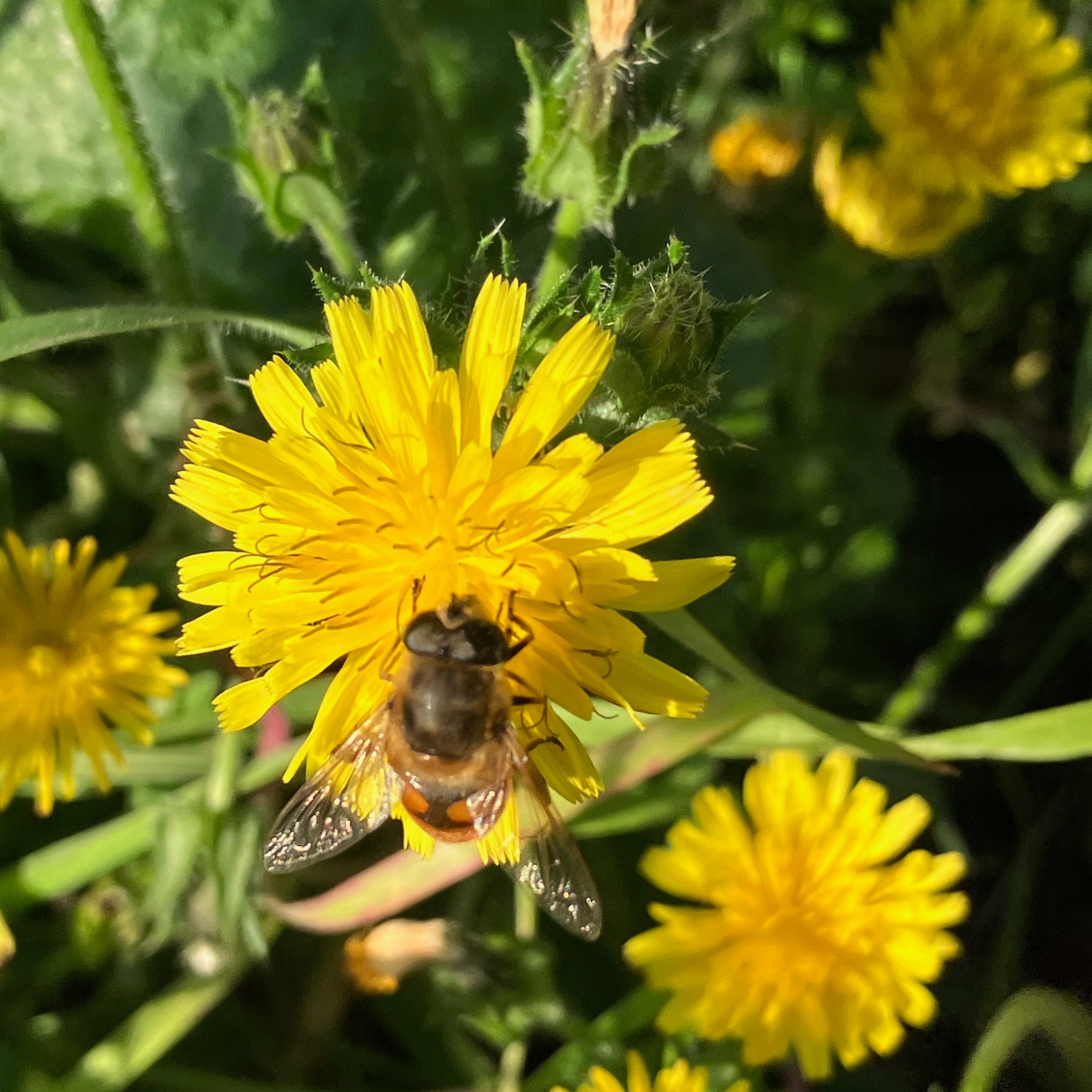




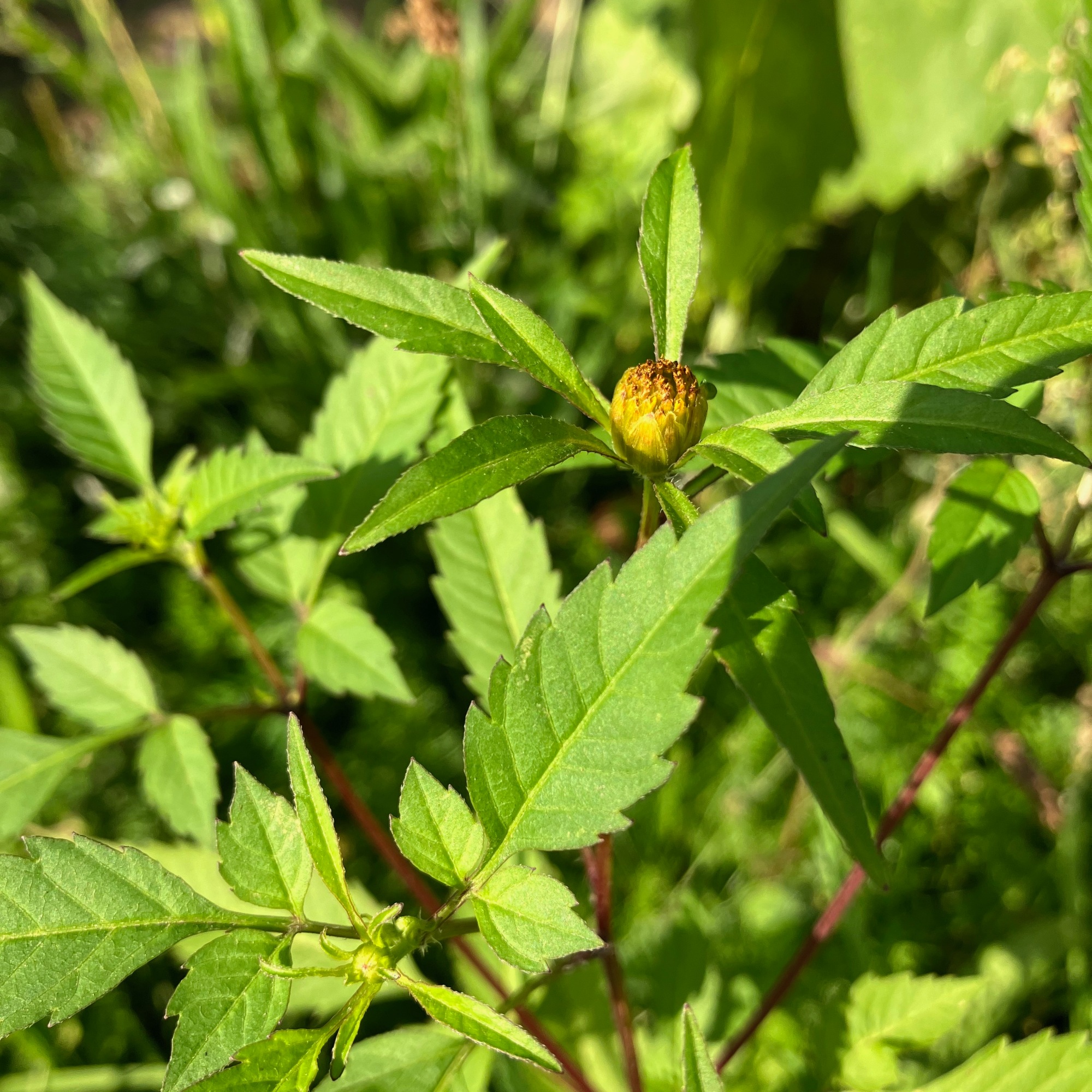

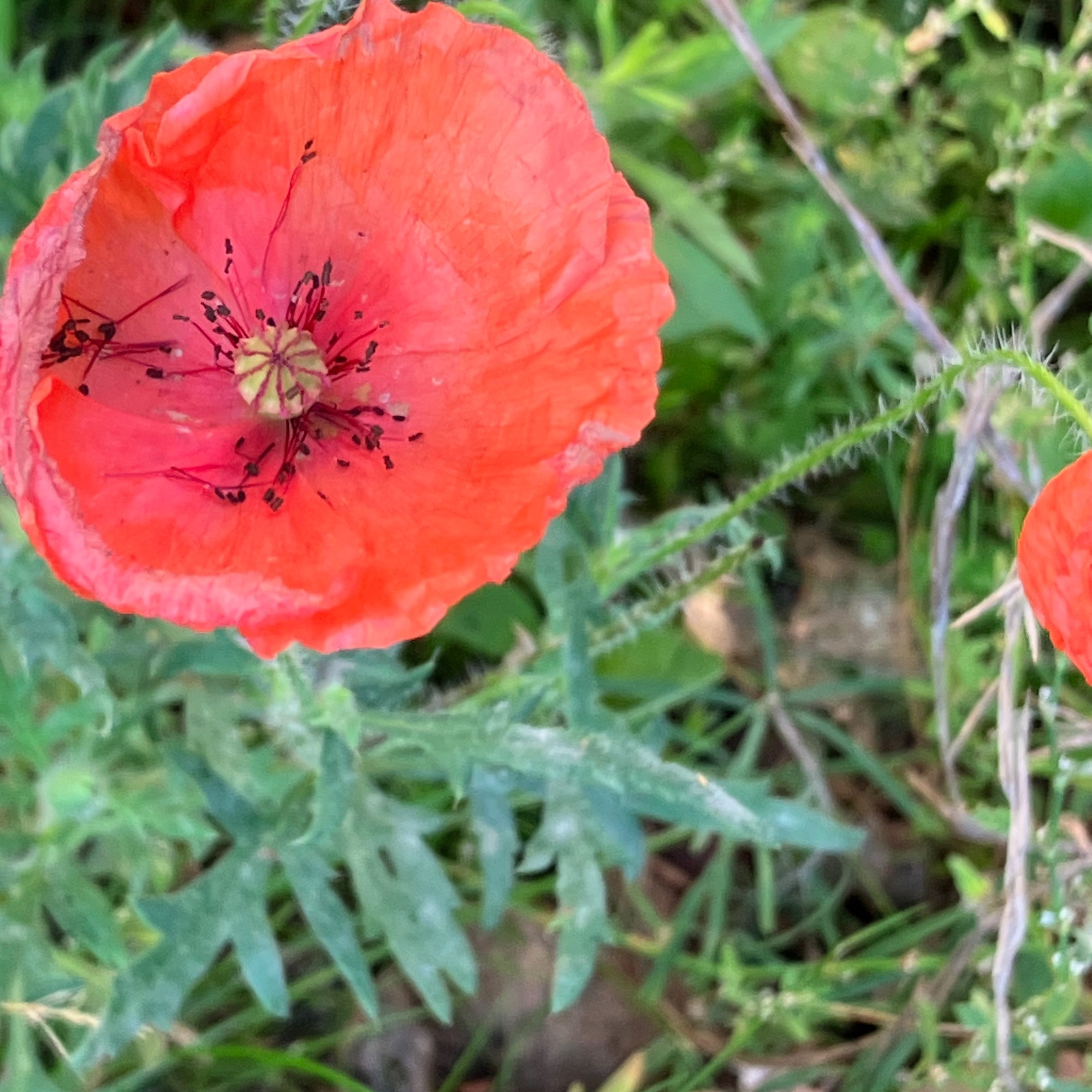

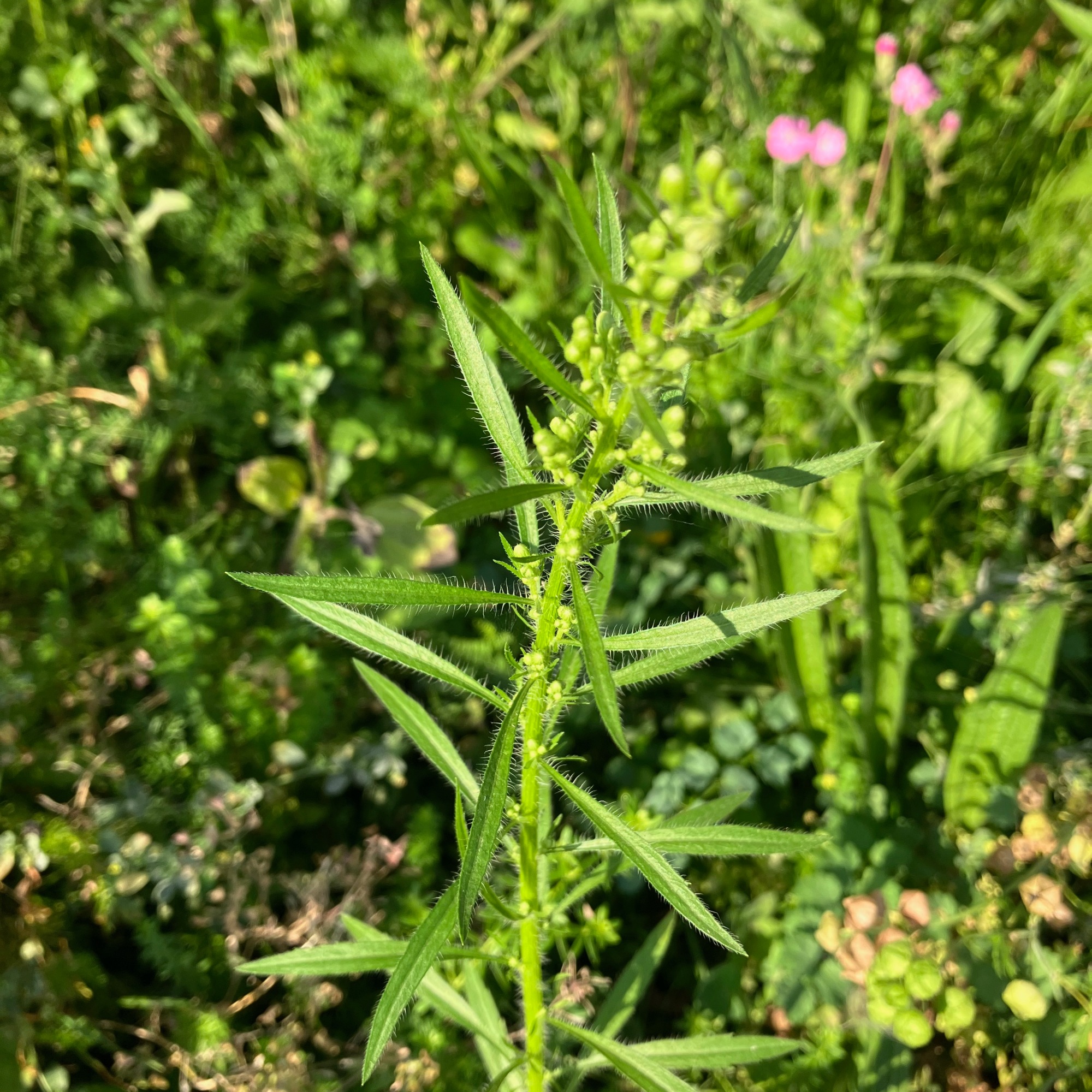
Green roofing, wildflower planting – in pots, troughs or on scrappy pockets of land – and leaving gardens a bit less tidy all help (re)wild the urban environment. After the experience of lockdowns, people are so much more aware of the value of proximity to nature, wildness and green spaces to our physical and mental health (as well as the health of the planet) that doing this stuff is finally becoming mainstream. Every bit of additional greenspace also helps combat the heat island effect, and captures and slows rainfall run off – which helps store water in the ground and prevent localised flooding – there are literally no downsides! If our fundraising is successful, our green roof will help both insulate the building and prevent it from getting too hot in summer, as well as slowing water run off into storm drains, being beautiful and nourishing to look at and providing food and shelter for insects and birds.
Rewilding is a term usually used with regard to reintroducing beavers or wolves but, for us, it’s about re-setting our culturally-inherited ideas about humanity’s place within the natural world, and restoring balance. If you are interested in finding out a bit more about rewilding – this podcast episode is a really good introduction, it also features Isabella Tree – author of Wilding, which is in The Nest library. She speaks a little about the huge successes of her rewilding project at Knepp, but also about her new book, which is billed as a practical guide to rewilding, big and small. [You can also find top tips for these sorts of projects online for free via Warwickshire Wildlife Trust and Garden Organic.]

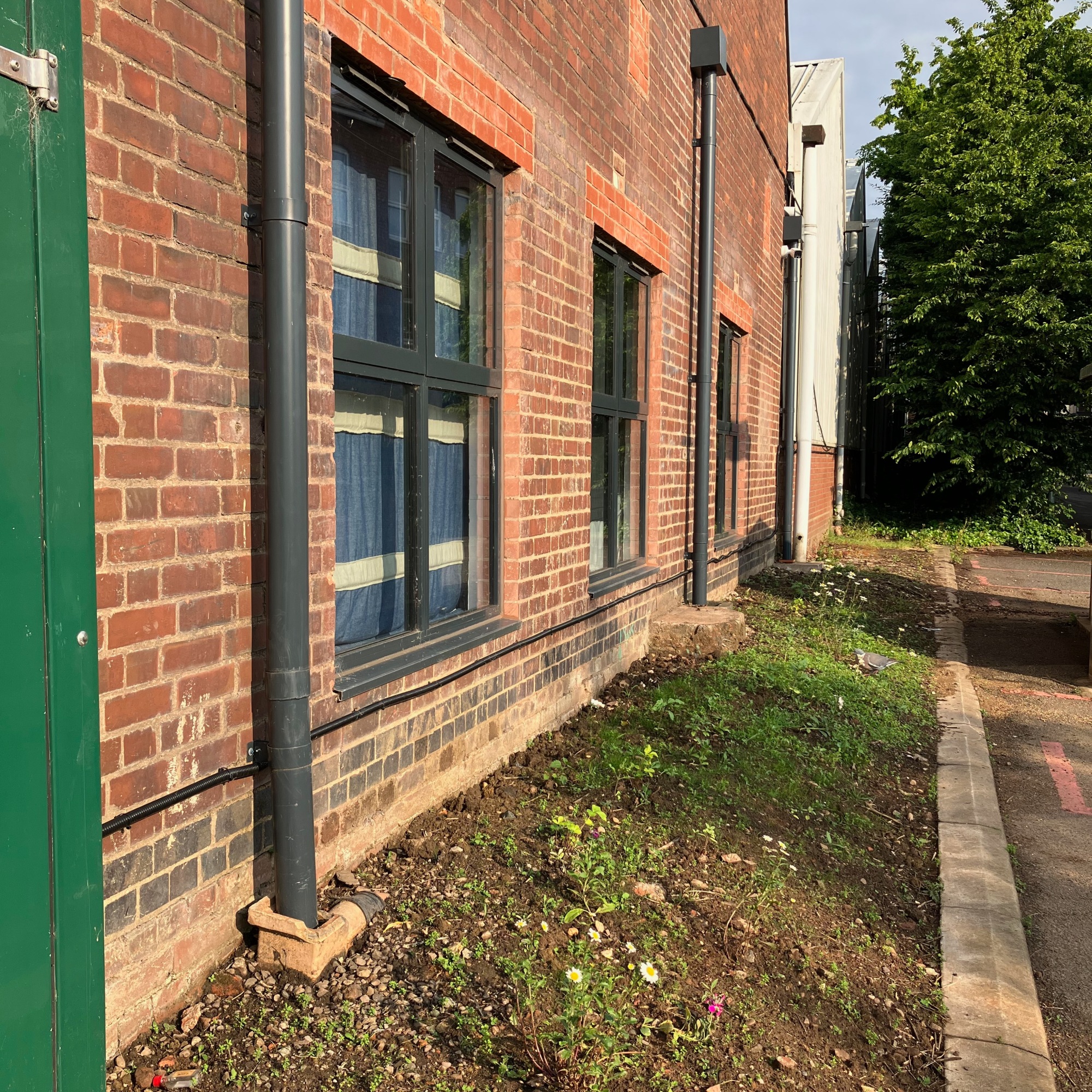
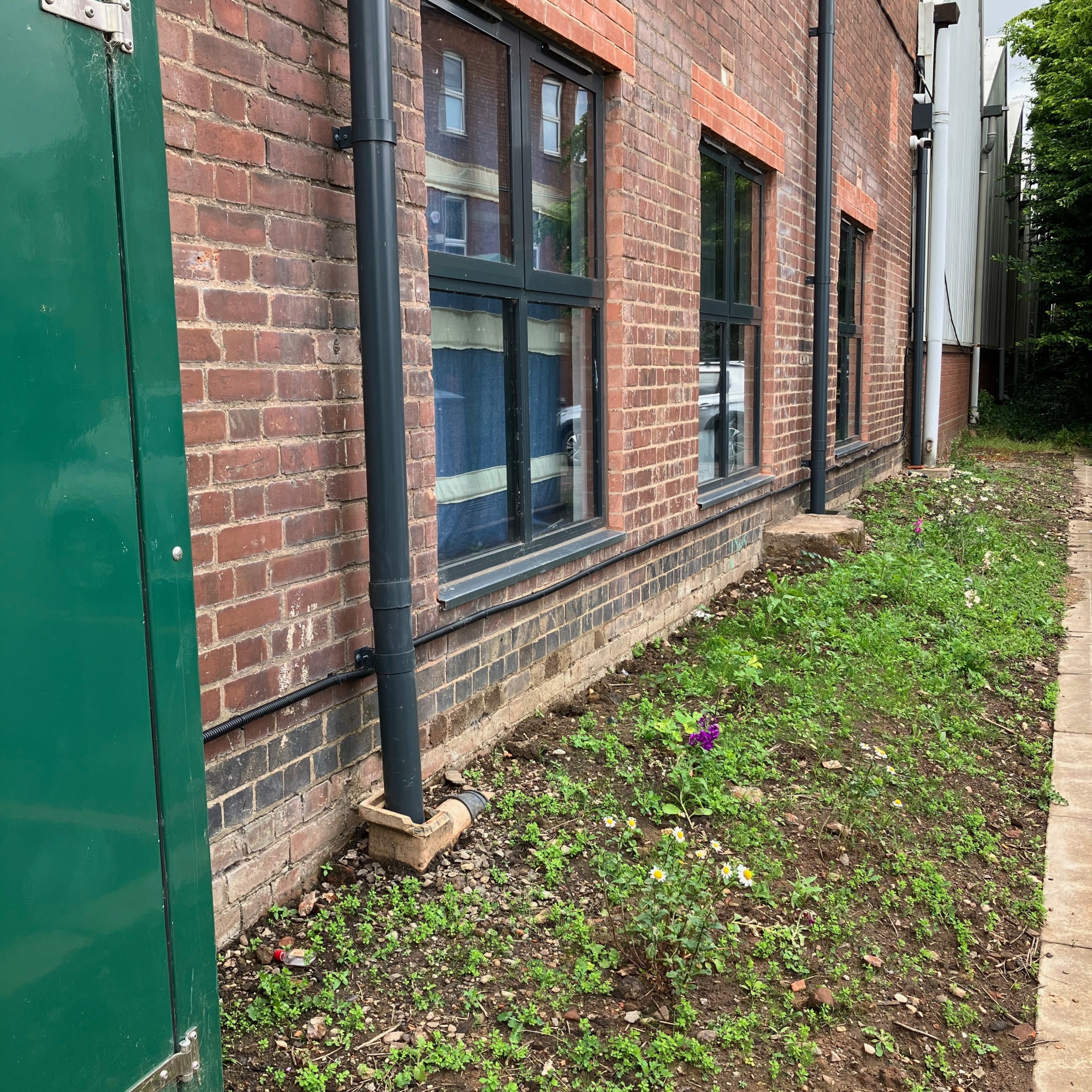






Huge thanks to caretakers Amy, Lisa F, Rachel, Olu, Lisa C, Snod and especially Kim for also organising! If you’d like to join our caretaking team the next time we do a spot of gardening, please get in touch.

